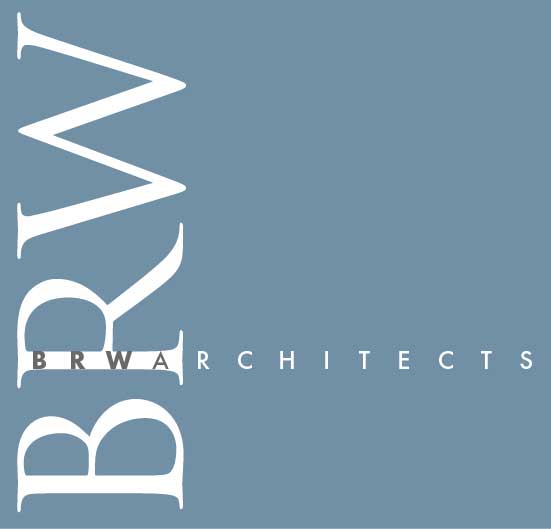
Do we “own” public space?
Our 2021 Erwin-Ramsey Fellow was interested in space, people, and power. Gabriel Andrade came to the Fellowship already with experience in helping people become more engaged and empowered in the shared spaces we occupy everyday.
In Charlottesville, a prime location for this experiment is home to the brwarchitects office and is often considered the town’s “crown jewel”: the pedestrian downtown mall.
Naturally, the Fellowship needed to culminate in an experience rather than a presentation. Guests, students, and BRW staff participated in a walking tour throughout the Mall to practice intervening and shaping the space around us.
Even in places and resources which are technically “public,” many people don’t feel a sense of ownership, comfort or control. Have you ever struggled to find a place to sit or use the restroom while out in public? Or perhaps you’ve seen a public park often empty because there’s no shelter or accessible entrances.
A more conspicuous example can be seen in the redevelopment of neighborhoods where the voices of residents are excluded. This phenomenon is behind brwarchitects’ work with residents in public housing at South First Street. For the past three years, BRW staff have worked to ensure that residents have control over the redevelopment and design of their neighborhood.



Gabriel approached the project by creating a “catalog” of everyday objects—easily available or ones that may be already owned—such as folding chairs, folding tables, ropes, fabric, and paint. He also created a typology of common public spaces such as alleyways, open streets and ‘under a tree.’
By putting these two matrices together, Gabriel identified a myriad of everyday interventions: ways that people can easily shape public spaces to create comfort, entertainment, shelter or fellowship.
As the walking tour progressed along the downtown mall, the group identified these opportunities and invented new ones.
We explored areas with tree shade but which offered little else. But what if folding chairs and hanging fabric created a temporary movie screening?
In another part of the mall that is spacious but often unused, we used folding tables to create a temporary “roundtable” and forum. An example like this could support community groups who may not have resources to rent meeting space.
There are many ways that public space is made to alienate the very people who use it. It can be inaccessible to disabled people (no ramp access or rest areas), lower-income people (not near public transit) or families (no public restrooms, play areas, or safety barriers). It can be overly complex, too prescriptive, or poorly designed.
And yet, as our Fellow demonstrated with success, it doesn’t take much to intervene. The group of participants finished the walking tour in fellowship, sharing a meal at the folding tables that we had sculpted into different uses the moment before.
In previous years, Erwin-Ramsey Fellows have explored the role that food sovereignty plays in resident-led redevelopment and developed a curriculum for Charlottesville churches who are interested in using their land to create affordable or supportive housing in line with their missions.
The Erwin-Ramsey Fellowship is hosted annually by brwarchitects. It is open to graduate students, fourth-year and rising fourth-year undergraduate students at the University of Virginia School of Architecture. The Fellowship aims to deepen architectural contributions to the town where the firm has worked for over 35 years.



